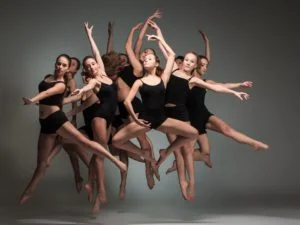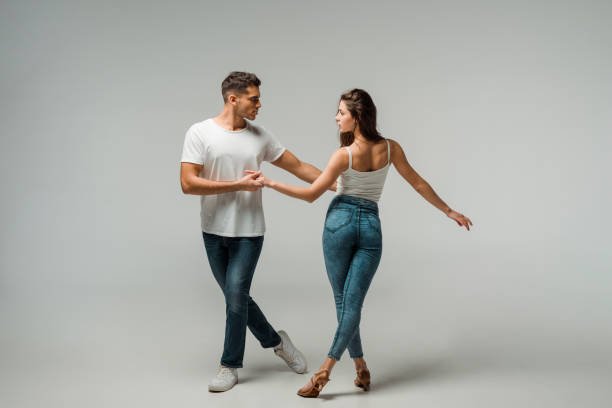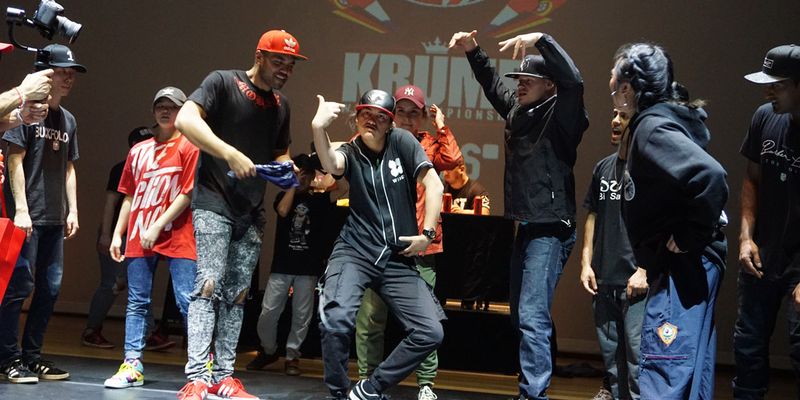Thrilled after watching that dance performance on Sia’s Elastic Heart song and planning to learn contemporary dance? Then you are at the right place!
Dance is a kind of expression/language of the body. Contemporary dance is a style that is full of these expressions combined with various elements and details of different dance forms like that of jazz, hip hop, modern, lyrical, and classical ballet.
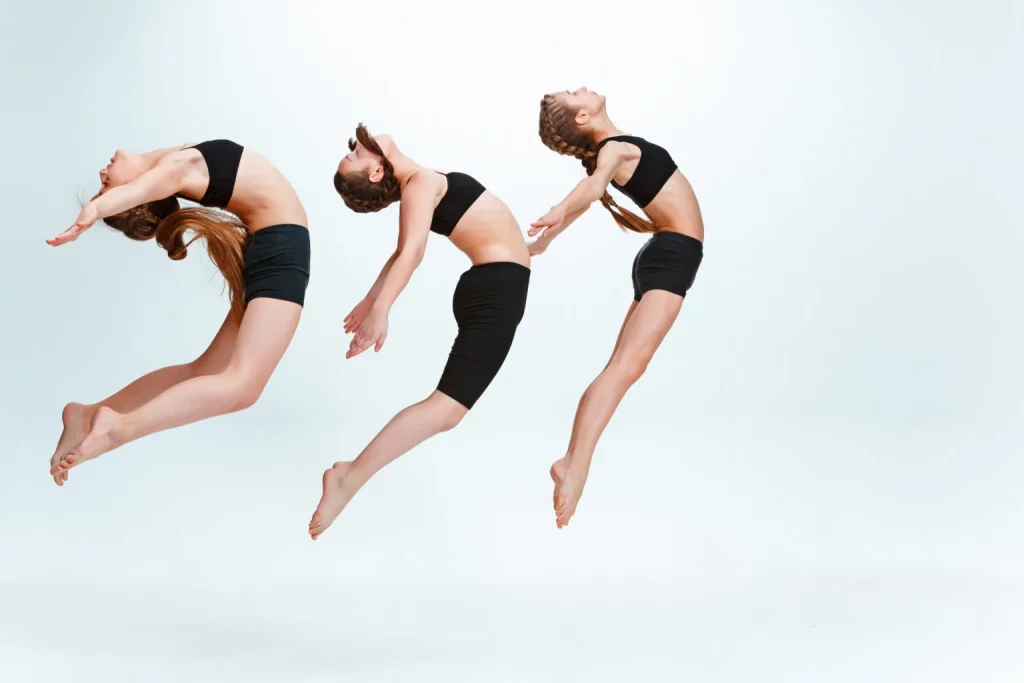
What is Contemporary Dance?
The contemporary dance style is an amalgamation of different dance forms. It is full of fluidity and flexibility, open to many possible moves and choreographies. Here you can also add in non-western and classical dance moves and details.
The contemporary dancers and choreographers aim to connect the body, mind and soul through their flexible dance steps.
This dance style puts a lot of emphasis on versatility and spontaneous creation of dance movements. It doesn’t follow a rigid structure and rules like a few other dance styles. Modern dancers usually dance barefoot, making a connection with the floor; Hence they focus more on the floor work, making full use of gravity to bring the dancers to make those flawless movements. Contemporary dancers have a wide range of music and soundtracks to choose from since they don’t have any specific rules for choosing music. Contemporary dance is the exercise of the spirit through physical movements.
Isadora Duncan, Martha Graham and Merce Cunningham broke the rules and regulations of the rigid and strict dance form, ballet. They are considered the pathfinders of contemporary dance styles. They believed in freedom of movement of the body while dancing, letting their bodies to freely express their inner emotions, warmth and passion.
Merce Cunningham is often referred to as the father of contemporary dance.
History of Modern Dance
Late 19th century, a period when new dance genres emerged by breaking the ballet mould. Francois Delsarte, Loïe Fuller, and Isadora Duncan were some other dancers who broke this construct. They carefully and beautifully developed unique styles of moves based on their research, understanding, and concept. Their focus was conveying the expression of the body to the audience as they did this by emphasizing flexibility and emotional and physical voice.
Modern dance a new dance style emerged between the 1900s and the 1950s. It was far from any other dance genres in the past. Modern dance genre had ratified dance techniques which were appealing to the viewer’s eyes. Martha Graham introduced this dance genre which involves breathing, movement, flexibility and freedom of muscles. Martha Graham’s student Alvin Ailey introduced African American style and concepts into modern dance.
Merce Cunningham was also the student of Martha Graham. He began his research to find his style of dance and developed abstract dance after getting inspiration from John Cage’s aesthetic music. He gave a new definition to dance by separating it from the theatrical setting. In a theatrical setting, it was all about telling or expressing a mere tale or idea through dance. Merce Cunningham highlighted the freedom in the dance moves. He introduced the concept of dance randomness and that every dance performance can be and should be unique.
Also read Swing vs Jazz: What You Need to Know!
Modern Contemporary Dance
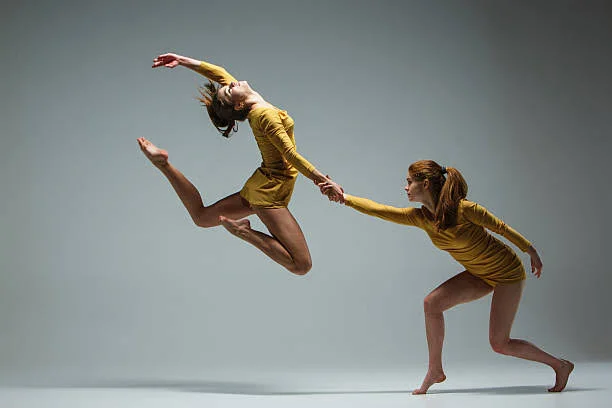
In the modern world, the contemporary dance form is a mix of diverse styles with dancers and trainers coming from various backgrounds of dance forms like ballet, modern, classical and more. These choreographers keep working on creating something new and innovative all the time, some create characters, emotions, theatrical events or tell untold tales, the list is very long of the extraordinary things they do. Shakti Mohan is one of the most famous contemporary dancers from India.
Contemporary Dance Techniques
This dance style makes use of multiple dance techniques and movement concepts like Ballet, Dance Improvisation, Interpretive Dance, Lyrical Dance and Modern Dance styles from America such as Graham Technique, Humphrey-Weidman technique and Horton technique, Modern dance of Europe Bartenieff Fundamentals and the dance technique of Isadora Duncan.
Contemporary dancers are not just trained in various dance techniques and concepts but also train using non-dance related disciplines such as Pilates, yoga, somatic practices and more, which also included Cunningham techniques and Contact improvisation.
Some well known and talented personalities of this dance form built schools and techniques of their own. Paul Taylor developed a dance technique known as the Taylor technique.
Also read 6 Benefits of Dance for Mental Well-being
Modern Dance for Beginners
Start by joining a contemporary dance class. If you’re planning to visit the studio and learn then look for the dance classes around or in your neighbourhood or you can also join in on our online course, which is perfect for anyone of any age group. if you join in a non-virtual class, then make sure it fits the age group and your comfort level. Why is it so important to choose the right class group? It is so because this kind of dance genre escalates, progressing at a faster pace with each level involving some difficult exercises and moves. Make sure your trainer or instructor is aware of any medical conditions or limitations you have in advance. Hence, make sure your choreographer is well educated on the basics and routines for beginners. Also, after the classes don’t forget to practice at home.
Other than the classes try working out to strengthen and tighten your core muscles since contemporary dance is not just any dance but a genre of dance that involves rigorous moves, jumps, and many other exciting moves which require full body flexibility and fluid movements. Running, stretching, yoga and exercises are necessary to perfectly do those modern dance steps.
Shakti Mohan, the most famous modern dancer and choreographer of our times, has created a contemporary dance course on Podium School.
Share with your friends


